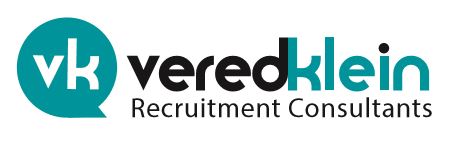Everyone knows you need a well written resume. Spelling and grammar should be flawless. You can choose to show your jobs chronologically, in the traditional style, or showcase your skills in the functional kind. Specify your responsibilities, focus on accomplishments and be concise.
Have you done of all of that? Great! You still could be missing a key feature in your resume. The one thing that would make Architecture & Interior Design employers take a closer look at your resume.
What are these employers looking for when they (very quickly) review your resume?
If you’re in a senior position, what they are looking for is someone who can come on board and start working on their projects right away. Since they’re so busy they can’t find the time to finish a sentence (that’s the reason they’re hiring) they prefer to spend as little time as possible training you on the intricacies of their project specialty. If you’re in an intermediate position, they want to see that you have enough relevant background to come on board as a contributor as quickly as possible.
What this means to many employers is that they want to see that you have worked on similar project types to the firm’s specialty. If they specialize in schools they tend to look for candidates who have worked on educational projects before. If they design malls, they would be happy to have someone on board who has worked on malls before. Why? Because it makes their lives easier.
The way to show employers your relevant project experience is by putting together a project list. This list should be part of your resume so that anyone reviewing your resume can’t possibly miss it.
How to put together a good project list:
- Don’t include every single project you have ever worked on. Choose your more significant projects.
- Categorize your projects based on type (educational, retail, healthcare etc.)
- Include the project name, location and scope of project. Ideally you would indicate the budget or size for this project.
- For every project briefly include your contribution to the project. Be specific. Let employers know what phase of the project you contributed to.
- Keep the list up-do-date as you move from one project to the next. Don’t wait till you’re in an active job search. At that point, you’ll have to go back and try to remember the details of each project. Do it now while the project is still fresh in your mind.
In my experience, in this project oriented business, having a good “up-to-date” project list makes a difference in the employer’s response time and time again.
